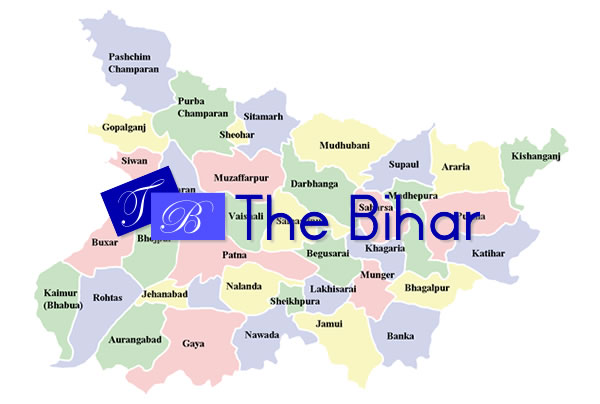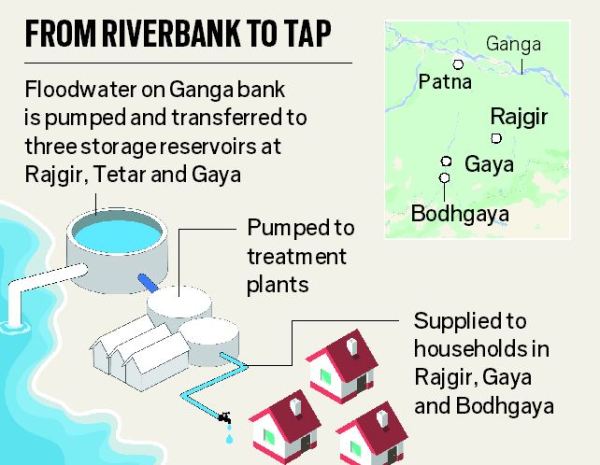Is Bihar the missing piece in the 2019 jigsaw puzzle?
4 min read There is no doubt that as far as individual popularity goes, Prime Minister Narendra Modi continues to enjoy a clear advantage over other contenders. It’s equally true — and Modi’s speech during the no-confidence vote in Parliament spent considerable time on this — that the Opposition formation is a disparate collection of competitive egos, with no clear leader at its helm. Modi’s own masterful control over messaging and the BJP’s deep pockets (with Rs 1,000 crore, it is India’s richest party) ticks another set of boxes in their favour for 2019. In short, the Opposition is poorer, leaderless and so far has not come up with a united and cohesive script to convert the Modi government’s palpable anti-incumbency into guaranteed votes.
There is no doubt that as far as individual popularity goes, Prime Minister Narendra Modi continues to enjoy a clear advantage over other contenders. It’s equally true — and Modi’s speech during the no-confidence vote in Parliament spent considerable time on this — that the Opposition formation is a disparate collection of competitive egos, with no clear leader at its helm. Modi’s own masterful control over messaging and the BJP’s deep pockets (with Rs 1,000 crore, it is India’s richest party) ticks another set of boxes in their favour for 2019. In short, the Opposition is poorer, leaderless and so far has not come up with a united and cohesive script to convert the Modi government’s palpable anti-incumbency into guaranteed votes.
So, without a face to steer it and a national narrative to define it, can the motley crew of anti-BJP leaders still defeat Narendra Modi in 2019? The short answer is: yes. Especially, as unlike in 2014, the next general election is a wave-less election. But only, if the Opposition gets both arithmetic and alliances right and focuses on states that can tip the balance.
Let’s look at two blocs of states to understand this. First: West Bengal, Tamil Nadu, Andhra Pradesh and Telangana. Together they represent 124 parliamentary seats. In 2014, the BJP had negligible presence in this bloc, collectively winning fewer than six seats from these four states. And that was when a pre-poll partnership with Chandrababu Naidu’s Telugu Desam Party (TDP) provided it a foothold. Now, Naidu has walked out and led the no-confidence motion against the Modi government. Even if you allow for the BJP’s ascendance as the main opposition to Mamata Banerjee in Bengal, there are no giant leaps for the party to make in these four states. Kerala too is likely to draw a blank.
Now let’s turn our focus to the other significant bloc that could swing 2019. Between Maharashtra, Uttar Pradesh, Bihar and Jharkhand, they account for 182 seats. In 2014 the BJP decimated the Opposition in these regions. The Modi-led NDA was able to take 157 seats in this bloc. It is in these four states that the Opposition needs to create a reversal of fortunes if it is to have any chance of defeating the BJP.
In Maharashtra, unless Rahul Gandhi and Sharad Pawar score an inexplicable self-goal, a Congress-NCP alliance and tactical seat adjustments with a disgruntled Shiv Sena is the obvious next move. The Sena abstained in the no-confidence vote and Uddhav Thackeray has since praised Rahul Gandhi. Its journal, Saamana, had a gushing editorial the morning after the government handsomely won the vote, praising Gandhi for winning the day. Sanjay Raut of the Sena likened it to the goodwill generated by Croatia, though France won the FIFA final. Maharashtra, in other words, is available on a platter for splintering, unless the Opposition goofs up badly.
Moving north, in Uttar Pradesh, the alliance between Mayawati and Akhilesh Yadav is absolutely critical to the Defeat Modi blueprint of non-BJP groups. Together the two parties control an estimated 50% of the state’s vote share across Muslims, Yadavs and Jatav Dalits. Even optimists in the BJP privately concede a drop of between 30-40 seats in UP. But by itself, even with its 80 parliamentary seats (of which the BJP won 71 in 2014), UP may not be enough to contain the resurgence of Modi nationally. To create a protective padding, the Opposition needs to make gains in both Bihar and Jharkhand, where BJP-led alliances took 31/40 and 12/16 seats in 2014. For anyone war-gaming the 2019 battle plans in the anti-BJP front, it’s clear that they still need to push for a Mahagatbandhan 2.0. Otherwise, they leave a bloc of 56 seats wide open for Amit Shah’s Mission 400. In Jharkhand, the consolidation of a united Opposition showed benefits in the bypolls in Silli and Gomia which were retained by the Jharkhand Mukti Morcha; the non-BJP parties did not field candidates so the anti-BJP vote remained undivided.
The weak link in the chain is Bihar where Nitish Kumar has started making discernible murmurs against the BJP just a year after he abandoned his alliance with Lalu Prasad Yadav. But Lalu’s son Tejaswi is almost more dismissive of Nitish than he is of Modi. He told me that there is no way they can work with “Chacha Paltu” again. But beyond the rhetoric, word is that the Congress has privately conceded that Bihar could create a crucial shortfall in the Opposition’s calculations. Kumar, who is already driving a hard bargain in seat-sharing negotiations with Amit Shah, is said to be open to the idea of a ‘ghar wapsi.’ Former Congress president Sonia Gandhi is believed to have been approached to work on making the RJD amenable to the idea.
The next big move on the political chessboard may be played in Bihar. Look out for it.
Courtesy: Hindustan Times


